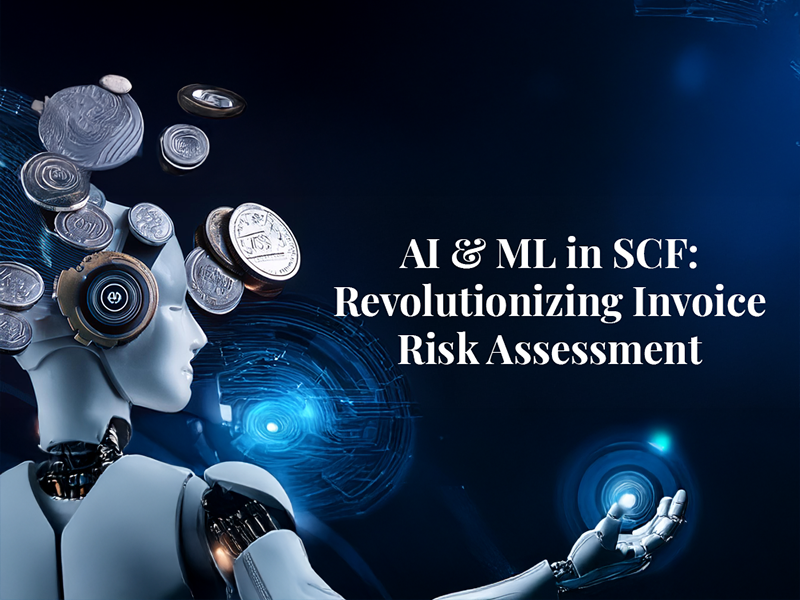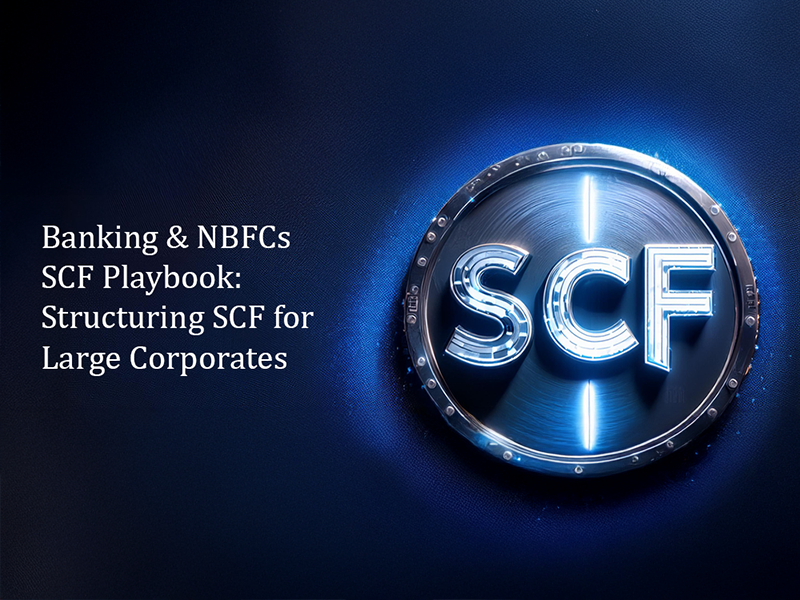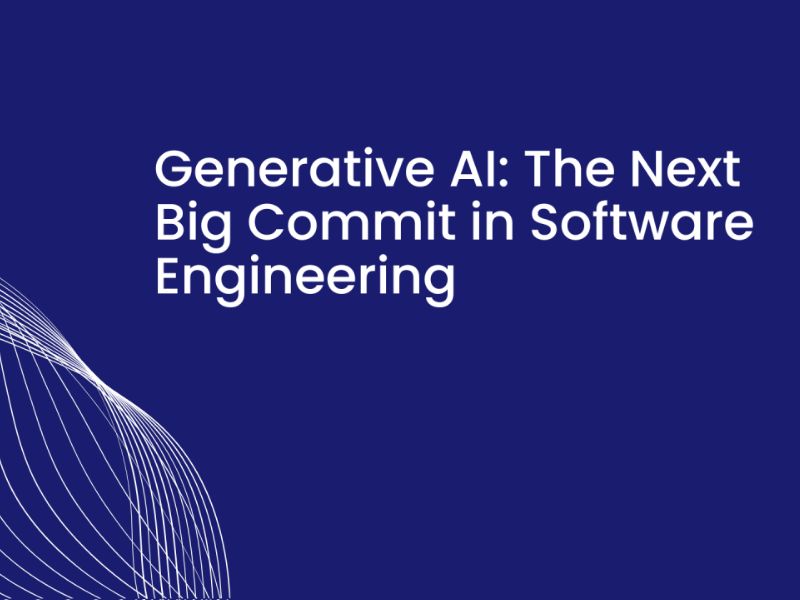Fuzzy, ML, or Transformers: Which One Should You Swipe Right On?
Ever feel like picking the right decision-making model is like choosing your morning fuel—tea (calm and logical), coffee (efficient but sometimes unpredictable), or an energy drink (powerful, but also kind of terrifying)?
Welcome to the AI dating scene: Fuzzy Logic, Machine Learning, and Transformers. Each has a unique personality, strengths, and quirks. If you’re an engineer, data scientist, or just someone trying to sound smarter in meetings, let’s break it down.
Because in 2025, if you're still wondering, “Should I use fuzzy logic, ML, or transformers for this project?” you need this. Also, someone asked me this question, and instead of answering directly, I decided to turn it into a LinkedIn post (classic CTO move).
Use case: Air conditioners that adjust based on your "kinda hot, kinda cold" feelings, or washing machines that don’t assume all stains are created equal.
Fuzzy logic doesn’t deal in absolutes like true/false or 0/1. Instead, it thrives on "somewhat," "mostly," and "kind of"—which is honestly how most business decisions work anyway.
🔧 How it Works:
- Uses degrees of truth (e.g., "If temperature is high and humidity is low, then increase cooling a lot").
- Built on human-like reasoning rather than strict rules.
- Great for real-time, low-cost decision-making.
✅ Pros:
✔ Easy to understand. Even your non-tech boss might get it.
✔ Handles uncertainty well. (Perfect for navigating vague emails like "Let’s circle back on this.")
✔ Light on computational resources. No need for a data center-sized wallet.
❌ Cons:
✖ Doesn’t learn. It’s like that uncle who still uses a Nokia 3310.
✖ Not great at scaling. Works fine for small problems but managing too many rules turns into a nightmare.
🎯 When to Swipe Right?
✅ Industrial automation
✅ Consumer electronics (smart fridges, air conditioners, washing machines)
✅ Systems where rules are clear and don’t need to evolve
Use case: Fraud detection, credit scoring, demand forecasting—anywhere you need models that learn patterns instead of relying on fixed rules.
ML-based models are like interns who start clueless but get smarter with experience. Give them enough data, and they’ll figure things out—sometimes in ways even their creators don’t fully understand.
🔧 How it Works:
- Analyzes historical data to detect patterns.
- Uses different approaches like supervised learning (fraud detection), unsupervised learning (customer segmentation), and reinforcement learning (self-learning AI agents).
- The more data, the better it gets.
✅ Pros:
✔ Learns from mistakes. Unlike fuzzy logic, it evolves.
✔ Scalable across industries. From fintech to cat video recommendations
✔ Automates complex decisions. Can spot trends and make predictions without human intervention.
❌ Cons:
✖ Needs a lot of data. No data? No party.
✖ Sometimes a black box. ("Why did it reject my loan? IDK.")
✖ Can be computationally expensive. Deep learning isn’t cheap.
🎯 When to Swipe Right?
✅ Fraud detection
✅ Personalized marketing
✅ Risk assessment in finance
✅ Customer behavior prediction
Use case: ChatGPT, Google Translate, automated stock tips that may or may not be better than your uncle’s "hot picks."
Transformers are the geniuses of AI, dominating natural language processing (NLP), sentiment analysis, and even financial predictions. Think of them as the rockstars of AI—brilliant, powerful, and very expensive to maintain.
🔧 How it Works:
- Uses self-attention to weigh the importance of different parts of the input.
- Processes entire sequences of data in parallel (unlike traditional ML, which goes step by step).
- Pre-trained on massive datasets, then fine-tuned for specific applications.
✅ Pros:
✔ Best at understanding complex relationships. Captures long-range dependencies in data
✔ Highly adaptable. Can be fine-tuned for various tasks.
✔ State-of-the-art in NLP. If you’re using a chatbot, search engine, or recommendation system, you’re likely using transformers.
❌ Cons:
✖ Requires deep pockets. Training a transformer can cost millions.
✖ Needs huge datasets. It’s the AI equivalent of a buffet—never full
✖ Hard to interpret. Great at making decisions, bad at explaining why.
🎯 When to Swipe Right?
✅ Chatbots & AI assistants
✅ Automated document processing
✅ Market sentiment analysis
✅ Anything NLP-related
💡 If you like structured, rule-based decision-making → Swipe right on Fuzzy Logic.
💡 If you want a partner that learns from experience → ML is your best bet.
💡 If you need cutting-edge intelligence that might take over the world → Transformers all the way.
But here’s the real answer: Hybrid models are the future. The best businesses combine rule-based logic, pattern recognition, and deep contextual understanding to build AI systems that are both efficient and intelligent.
🚀 What’s next? Drop a comment—what’s your favorite AI approach, and what’s the craziest use case you’ve seen? (Also, if this post goes viral, I’ll claim I predicted it with an ML model 😉)



